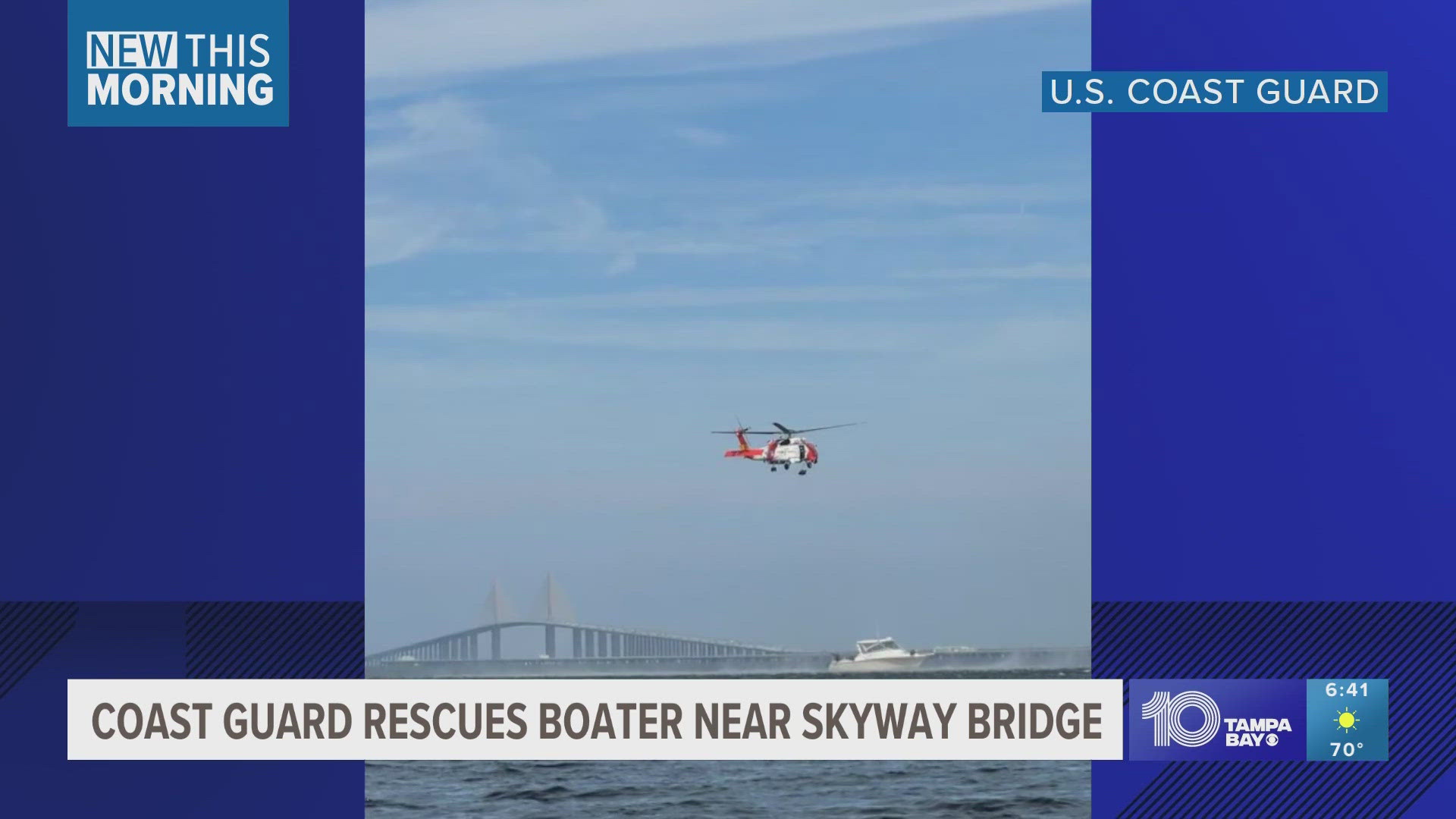DES MOINES — Robin Fortney of Des Moines used to see painted turtles lined up on logs as she paddled down Iowa rivers.
"But in recent years I don't see them. In fact, I can't tell you when I've seen them at all anymore," said the founder of Central Iowa Paddlers.
WATCH: Huge sea turtle rescue
State wildlife officials say the increase in the harvest of wild turtles — painted, smooth and spiny softshell, and snapping turtles — is one reason they have proposed limits on their capture.
The Iowa harvest of wild turtles has increased seven-fold from 1987 to 2013, and the number of license holders has increased four-fold. A year-round season threatens the population, turtle experts say.
Demand for turtle meat has grown in Asian countries, where the turtle population has declined due to overharvest, experts say. Turtle meat is a dietary staple in China, Vietnam and Taiwan and is particularly popular in soup, said Collette Adkins, senior reptile and amphibian attorney with the Center for Biological Diversity, a non-profit that advocates for the protection of endangered species.
![DSC_0297.jpg[ID=24672845] ID=24672845](http://www.gannett-cdn.com/-mm-/5157bba898d5fe3db2607321a637c68bdb9ed2e8/c=481-0-3807-2848/local/-/media/DesMoines/2015/03/09/B9316474341Z.1_20150309191940_001_GGDA4Q9GD.1-0.jpg)
In February, the Iowa Department of Natural Resources proposed to Gov. Terry Branstad's office that commercial and sport harvest of the four turtles be prohibited from Jan. 1 to July 15 to ensure they are off-limits during the late spring and summer egg-laying period.
Branstad's policy team is reviewing the proposal, which, if approved, would go to the Iowa Natural Resource Commission.
Iowa is one of 10 states without limits on its turtle harvest season. All surrounding Midwest states except Missouri prohibit or limit turtle harvesting.
The Center for Biological Diversity petitioned Iowa in 2009 to establish limits, but the Natural Resource Commission denied the petition. It ordered further research.
Biologists say some other factors aside from consumption may also threaten turtle populations.
"In Iowa we live in an intensely used landscape. Ninety-five percent of our wetlands are gone," said Joe Larscheid, the DNR's fisheries bureau chief. "In what habitat is left, it's critical that they are allowed to lay their eggs."
Painted turtles are also sold as pets. Polluted water is another concern in Iowa and across the world, where 50% of turtle species are at risk of extinction.
While numbers for live turtle populations are difficult to collect, the DNR gathers reported harvest figures from commercial turtle harvesters. As the annual number of harvested pounds skyrocketed from 30,807 pounds in 1987 to 238,312 in 2013, biologists became alarmed about the possibility that too many reproductively viable adults were being removed from the population.
"Based on our research in nearby states, we are concerned about overharvest," Larscheid said.
Some turtles can live 40 years or more but take many years to mature to reproductive stages, then face numerous predators such as raccoons that dine on turtle eggs.
Canadian researcher Ron Brooks found that one turtle will produce an average of one additional turtle in a 17-year period, while one whitetail deer will eventually lead to 912 more deer during the same period.
![DSC_0312.jpg[ID=24672851] ID=24672851](http://www.gannett-cdn.com/-mm-/6d166741b465576636c90e1fd1c676514bfcab91/c=701-0-4033-2848/local/-/media/DesMoines/2015/03/09/B9316474341Z.1_20150309191940_001_GGDA4QBJC.1-0.jpg)
Turtles have been consumed worldwide since before written record, archaeological excavations have determined. But the turtle population has become such a national concern that the U.S. Fish and Wildlife Service last October proposed adding turtles to international trade requirements, which would require permits to ship them overseas. Last week, New Jersey closed its commercial season on diamondback terrapin turtles because of increased harvest.
"Kids and the rest of us deserve the opportunity to encounter these animals frequently in our outdoor activities in the state, as we have in past years," said Fred Janzen, an Iowa State University turtle researcher. "Our heritage and even our ecosystems rely on them as an essential component."
David Sells, who nets wild turtles and raises others on his farm near Washington, said he sees no decline in turtle numbers in Iowa.
"I started in 1989, and I think the population is higher than it was then," he said. "I think they are trying to make an issue out of something that is not an issue."
He said he sells his turtle meat to wholesalers for anywhere from 75 cents to $2 a pound, and that a turtle's leg, neck, loin and back meat can make up 60% of a turtle.
Environmental groups have supported the proposal by urging the public to write letters to the governor, who they fear will hold up the proposal.
"Sportsmen do not destroy their game," said Mike Delaney, founder of the Raccoon River Watershed Association, who has noticed a decline in the softshell turtles once common on the sandbars on the Raccoon River. "Hunters have protected their food sources for thousands of years in the Raccoon. What kind of people would wipe out whole populations of snappers, softshells and painted turtles?"
More turtles:
![A sea turtle named OB1[ID=20688181] ID=20688181](http://www.gannett-cdn.com/-mm-/2587361b5acd3a4c5663686903c3134e93e61ae4/c=48-0-493-380/local/-/media/2014/12/20/WTSP/WTSP/635546665394620273-ob1.jpg)
Alligator Snapping Turtle:
![PHOTOS: Alligator Snapping Turtle[ID=12931785] ID=12931785](http://www.gannett-cdn.com/-mm-/c777294cfba09ebfe758d5d46b7463006242ca89/c=111-0-909-682/local/-/media/WTSP/WTSP/2014/07/21/1405942245001-14601304451-ceb4f4fae8-b.jpg)
Two-headed baby turtle:


![Woman finds two-headed baby turtle in Maine[ID=16257731] ID=16257731](http://www.gannett-cdn.com/-mm-/7c42bae91b7ee8ef903a5e0e77ea9164a485ede5/c=42-0-639-510/local/-/media/WTSP/None/2014/09/26/1411740379000-ter.JPG)
